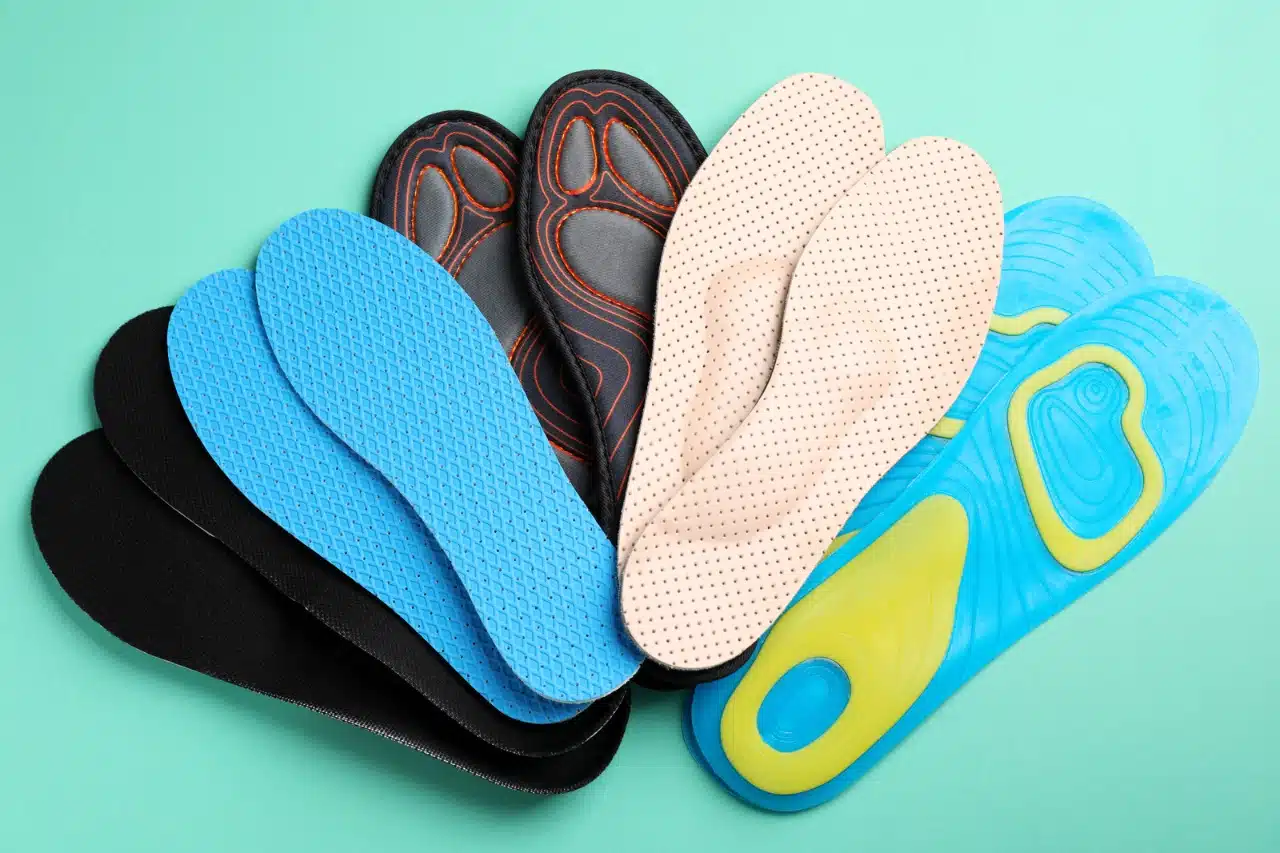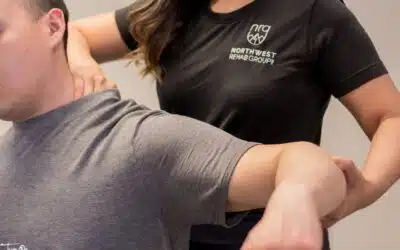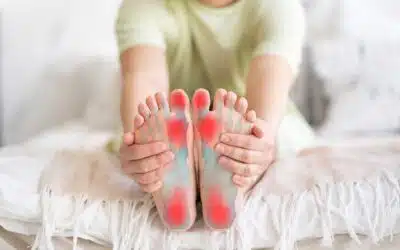Orthotics are devices designed to provide support and alignment for the feet and ankles. They are often used to correct biomechanical issues, alleviate pain, and improve overall foot function. Orthotics work by altering the way the foot interacts with the ground, which can help to reduce stress on the muscles, tendons, and ligaments in the feet and ankles. By providing support and stability, orthotics can also help to improve balance and reduce the risk of injury.
There are two main types of orthotics: functional and accommodative. Functional orthotics are designed to control abnormal motion in the feet and ankles, while accommodative orthotics are intended to provide cushioning and support for specific areas of the foot. Both types of orthotics can be custom-made or purchased over-the-counter, depending on the individual’s needs and the severity of their condition. Custom foot orthotics, in particular, are specialized orthotics designed for specific foot conditions and can be tailored to suit various orthopaedic and lifestyle needs.
Overall, orthotics work by providing support and alignment for the feet and ankles, which can help to alleviate pain, improve function, and reduce the risk of injury. Whether custom-made or purchased over-the-counter, orthotics can be an effective treatment option for a wide range of foot and ankle conditions.
Key Takeaways
Orthotics are devices designed to support and improve the function of the feet and ankles.
Custom orthotics in Vancouver are specifically tailored to an individual’s foot shape and needs, while over-the-counter orthotics are mass-produced and may not provide as precise a fit.
Orthotics can benefit a variety of foot and ankle conditions, including plantar fasciitis, flat feet, and arthritis.
Proper fitting and usage of orthotics is crucial for their effectiveness in preventing and managing foot and ankle injuries.
Orthotics play a key role in providing support and stability for those with foot and ankle conditions, and can help improve overall mobility and quality of life.
The Benefits of Using Orthotics for Foot Pain and Ankle Conditions
There are numerous benefits to using orthotics for foot and ankle conditions. One of the primary benefits is pain relief. Orthotics can help to alleviate pain by providing support and alignment for the feet and ankles, which can reduce stress on the muscles, tendons, and ligaments. Orthotics can help alleviate foot aches. This can be particularly beneficial for individuals with conditions such as plantar fasciitis, flat feet, or high arches.
Orthotics can address various foot problems, including plantar fasciitis, bursitis, arthritis, and diabetes. In addition to pain relief, orthotics can also help to improve overall foot function. By providing support and stability, orthotics can help to correct biomechanical issues and improve balance. This can be especially beneficial for individuals who participate in sports or other physical activities, as it can help to reduce the risk of injury.
Orthotics can also provide relief for heel pain. Furthermore, orthotics can also help to prevent the progression of certain foot and ankle conditions. For example, orthotics can help to prevent the development of bunions or hammertoes by providing support and alignment for the feet. Overall, the benefits of using orthotics for foot and ankle conditions are numerous, making them a valuable treatment option for many individuals.
Understanding the Different Types of Orthotics: Custom Orthotics vs. Over-the-Counter
When it comes to orthotics, there are two main types: custom-made and over-the-counter. Custom-made orthotics, also known as prescription orthotics, are designed specifically for an individual’s feet and are typically prescribed by a podiatrist or other healthcare professional. These orthotics are made from a mold of the individual’s feet and are tailored to address their specific biomechanical issues. There are various types of custom orthotics available, including inserts, arch supports, footpads, and ankle braces, each designed to address specific foot problems and activities.
On the other hand, over-the-counter orthotics are mass-produced and available for purchase without a prescription. While they may not provide the same level of customization as custom-made orthotics, over-the-counter options can still be effective for individuals with mild to moderate foot and ankle conditions. They are also more affordable and accessible than custom-made orthotics.
Both custom-made and over-the-counter orthotics have their own set of advantages and disadvantages. Custom-made orthotics offer a higher level of customization and are often more durable, but they can also be more expensive and require a longer wait time. Over-the-counter orthotics, on the other hand, are more affordable and readily available, but may not provide the same level of support or correction as custom-made options.
Ultimately, the choice between custom-made and over-the-counter orthotics will depend on the individual’s specific needs and the severity of their condition. It is important to consult with a healthcare professional to determine the best option for each individual.
Choosing the Right Orthotics for Your Specific Needs
When it comes to choosing the right orthotics for your specific needs, there are several factors to consider. First and foremost, it is important to consult with a podiatrist or other healthcare professional to determine the most appropriate type of orthotic for your condition. They can assess your feet and ankles, identify any biomechanical issues, and recommend the most suitable treatment option.
Semi rigid custom orthotics are recommended for foot issues caused by arthritis or diabetes, as well as for treating flatfoot and in-toeing or out-toeing disorders in children. Athletes also use them to prevent pain during training or competition.
In addition to seeking professional guidance, it is also important to consider your lifestyle and activity level when choosing orthotics. For example, individuals who participate in high-impact sports may require more supportive orthotics than those who lead a more sedentary lifestyle. Similarly, individuals who spend a lot of time on their feet may benefit from orthotics with additional cushioning. Orthotics can also be used in walking shoes to ease foot aches and strains, as well as pain in the legs, thighs, and lower back.
Furthermore, it is important to consider the fit and comfort of the orthotics when making a decision. Proper fit is crucial for ensuring that the orthotics provide the necessary support and alignment for the feet and ankles. It is also important to choose orthotics that are comfortable to wear, as this will encourage compliance with wearing them regularly.
Overall, choosing the right orthotics for your specific needs requires careful consideration of your condition, lifestyle, and personal preferences. By working with a healthcare professional and taking these factors into account, you can ensure that you select the most appropriate treatment option for your feet and ankles.
Common Foot and Ankle Conditions That Can Benefit from Orthotics: Plantar Fasciitis
There are numerous foot and ankle conditions that can benefit from the use of orthotics. One common condition is plantar fasciitis, which is characterized by inflammation of the plantar fascia—a thick band of tissue that runs along the bottom of the foot. Orthotics can help to alleviate pain and reduce stress on the plantar fascia by providing support and alignment for the feet. Orthotics can also help with foot ulcers by providing the necessary support and reducing pressure on affected areas.
Another common condition that can benefit from orthotics is severe foot issues such as flat feet and high arches. Flat feet are characterized by a lack of arch in the foot. Orthotics can help to provide support and stability for individuals with flat feet, which can improve overall foot function and reduce the risk of injury.
Additionally, individuals with high arches may also benefit from using orthotics. High arches can cause excessive pressure on certain areas of the foot, leading to pain and discomfort. Orthotics can help to distribute pressure more evenly across the foot, reducing stress on specific areas.
Overall, there are numerous foot and ankle conditions that can benefit from the use of orthotics. By providing support and alignment for the feet and ankles, orthotics can help to alleviate pain, improve function, and reduce the risk of injury for individuals with a wide range of conditions.
Tips for Properly Fitting and Using Orthotics
Proper fitting and usage are crucial for ensuring that orthotics provide the necessary support and alignment for the feet and ankles. When fitting orthotics, it is important to ensure that they are snug but not too tight. They should fit comfortably in your shoes without causing any discomfort or rubbing.
Orthotics can also be used with other shoe inserts for additional support and cushioning, enhancing the overall comfort and effectiveness.
It is also important to gradually break in new orthotics to allow your feet to adjust to them. Start by wearing them for short periods of time each day, gradually increasing the duration as your feet become accustomed to them. This will help to prevent any discomfort or irritation that may occur from wearing them for extended periods right away.
Furthermore, it is important to follow any specific care instructions provided by the manufacturer or healthcare professional. This may include cleaning them regularly or replacing them after a certain period of time. Proper care will help to ensure that your orthotics remain effective and provide ongoing support for your feet and ankles.
Overall, proper fitting and usage are essential for ensuring that orthotics provide the necessary support and alignment for your feet and ankles. By following these tips, you can ensure that your orthotics are comfortable to wear and effectively address your specific needs.
The Role of Orthotics in Preventing and Managing Foot and Ankle Injuries: Heel Pain
Orthotics play a crucial role in preventing and managing foot and ankle injuries. By providing support and alignment for the feet, orthotics can help to reduce stress on the muscles, tendons, and ligaments in these areas—thereby reducing the risk of injury.
One common injury that can be prevented with the use of orthotics is ankle sprains. Orthotics can help to stabilize the ankle joint, reducing the risk of excessive movement that could lead to a sprain. This is particularly beneficial for individuals who participate in sports or other physical activities that involve quick changes in direction or jumping.
Additionally, orthotics can also help to manage existing foot and ankle injuries by providing support and alignment for these areas. For example, individuals recovering from a stress fracture may benefit from using orthotics to reduce stress on the affected area while it heals.
Overall, orthotics play a valuable role in preventing and managing foot and ankle injuries by providing support and alignment for these areas. Whether used as a preventive measure or as part of a treatment plan for an existing injury, orthotics can help to reduce pain, improve function, and reduce the risk of further injury.
In conclusion, understanding the different types of orthotics is crucial for selecting the most appropriate treatment option for foot and ankle conditions. Whether custom-made or purchased over-the-counter, orthotics can provide valuable support and alignment for individuals with a wide range of conditions—helping to alleviate pain, improve function, prevent injury, and manage existing injuries. By working with a healthcare professional to determine the most suitable type of orthotic for their specific needs, individuals can ensure that they receive effective treatment that addresses their unique biomechanical issues. Proper fitting and usage are also essential for ensuring that orthotics provide ongoing support for the feet and ankles—helping individuals to maintain comfort while addressing their specific needs. Overall, understanding the different types of orthotics is crucial for selecting an effective treatment option that provides valuable support and alignment for foot and ankle conditions.
FAQs
What are orthotics?
Orthotics are devices that are designed to support, align, or correct the function of the foot. They are often used to alleviate foot pain, provide support for the arches, and improve overall foot function.
What are the different types of orthotics?
There are three main types of orthotics: rigid orthotics, soft orthotics, and semi-rigid orthotics. Rigid orthotics are made from firm materials and are designed to control motion in the foot. Soft orthotics are made from softer materials and provide cushioning and support. Semi-rigid orthotics provide a balance of support and cushioning.
What are the benefits of using orthotics?
Orthotics can provide a range of benefits, including reducing foot pain, improving foot function, correcting foot deformities, and preventing injuries. They can also help to alleviate pain in other parts of the body, such as the knees, hips, and lower back.
Who can benefit from using orthotics?
Orthotics can benefit anyone who experiences foot pain, discomfort, or dysfunction. They are often used to treat conditions such as plantar fasciitis, flat feet, high arches, and arthritis. Athletes and individuals who spend long periods of time on their feet may also benefit from using orthotics.
How are orthotics fitted?
Orthotics are typically custom-made to fit the individual’s foot. A podiatrist or orthotist will take a mold or scan of the foot and use this to create a custom orthotic device. The orthotics are then fitted into the individual’s shoes to provide the necessary support and correction.






0 Comments